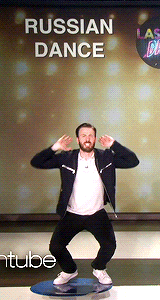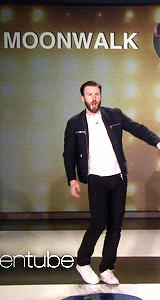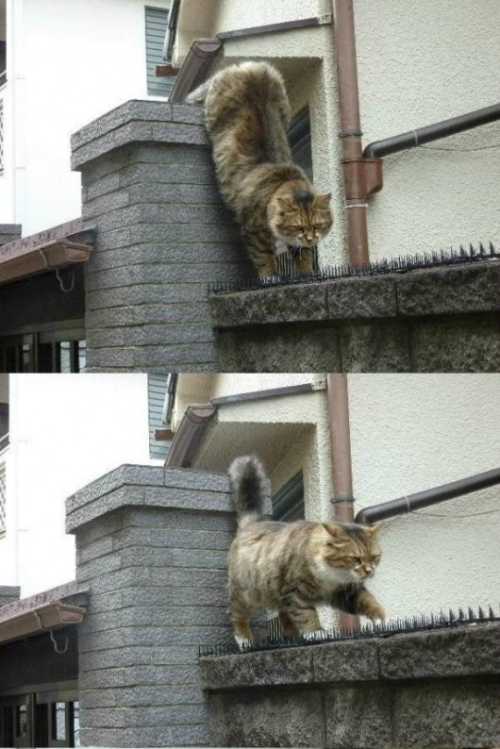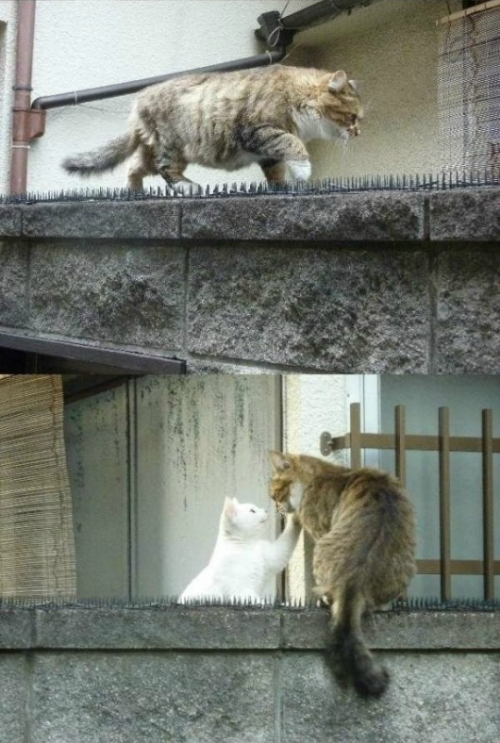83 posts
Latest Posts by lanakeat-blog - Page 2

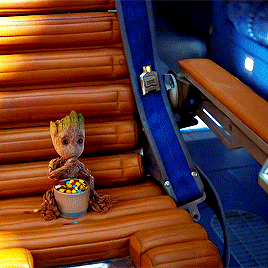

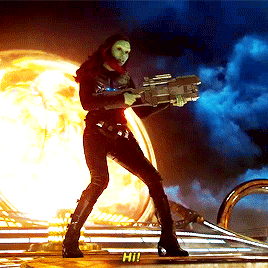
#Parents










andromeda initiative ☆ golden worlds briefing










Races and species in the Marvel Cinematic Universe

I tried to animate Auror Harry last weekend. Here are at least the key frames :)
more sketches at @potterbyblvnk on instagram!




The modern adventures of Han and Ben Kylo (Manip AU)
Han finally tries to reach out to his son with the gift of comedy. Unfortunately for him, Kylo is a shitbird who likes ruining everything.
The rest of the series is here
(It’s been three months since the last one but I’ve finally done my 50th Modern Solo Adventures post! Thanks for sticking with me, guys! x)








You do your own stunts. I do try! Well, you want to show the people what you got?
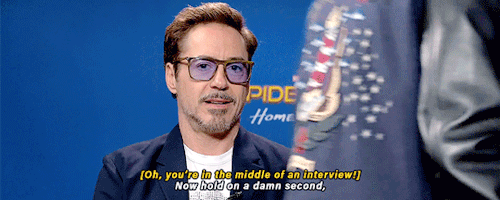






Tom Holland crashes Robert Downey Jr’s interview because Robert facetimed him during his interview in Berlin









An MCU flashback timeline

i love him so much Т_______________Т

the King of Snipers!




Tonight you’ll be wearing the official ceremonial robes of the servants of Camelot. You can’t be serious.












How many times before one of us can say it out loud? (x)

Thunderclouds by Dirk Seifert

if you’re ever feeling down, here is baby groot dancing :)



“But remember, there are two ways to dehumanize someone: by dismissing them, and by idolizing them.”
-David Wong
IN CASE PEGGY CARTER FANS WANT TO READ ABOUT LADY SPIES:
Or anyone else wants to, for that matter. Here are some places to start:
Vera Atkins
Nancy “White Mouse” Wake
Noor Inayat Khan
Violette Szabo
Eileen and Jacqueline Nearne
Yolande Beekman
Cecile Pearl Witherington
Krystyna Skarbek aka Christine Granville
Odette Sansom Hallowes
Lise de Baissac
Andree Borrel
Eliane Plewman
Madeleine Damerment
Diana Rowden
Vera Leigh
Just a few of the women who worked for the SOE, the OSS, and other organizations during WWII.
Many of their lives are short and tragic. Khan, Damerment, Plewman, and Beekman were executed at Dachau. Vera Leigh died in the Natzwiler-Struthof concentration camp alongside Rowden and Borrel. Christine Granville made it through the war, but was denied post-war field service opportunities, granted civil rather than military honors, refused naturalization papers by the British government, and was finally murdered by a stalker in 1952. Others lived full, long lives, adjusting to the world after the War as best they could, though the jobs they’d done so well were stripped away.
These are the heroes Peggy Carter was fashioned to represent. So, you know. Remember the real thing while supporting their fictional avatar.
Since her death in 1979, the woman who discovered what the universe is made of has not so much as received a memorial plaque. Her newspaper obituaries do not mention her greatest discovery. […] Every high school student knows that Isaac Newton discovered gravity, that Charles Darwin discovered evolution, and that Albert Einstein discovered the relativity of time. But when it comes to the composition of our universe, the textbooks simply say that the most abundant atom in the universe is hydrogen. And no one ever wonders how we know.
Jeremy Knowles, discussing the complete lack of recognition Cecilia Payne gets, even today, for her revolutionary discovery. (via alliterate)
OH WAIT LEMME TELL YOU ABOUT CECILIA PAYNE.
Cecilia Payne’s mother refused to spend money on her college education, so she won a scholarship to Cambridge.
Cecilia Payne completed her studies, but Cambridge wouldn’t give her a degree because she was a woman, so she said fuck that and moved to the United States to work at Harvard.
Cecilia Payne was the first person ever to earn a Ph.D. in astronomy from Radcliffe College, with what Otto Strauve called “the most brilliant Ph.D. thesis ever written in astronomy.”
Not only did Cecilia Payne discover what the universe is made of, she also discovered what the sun is made of (Henry Norris Russell, a fellow astronomer, is usually given credit for discovering that the sun’s composition is different from the Earth’s, but he came to his conclusions four years later than Payne—after telling her not to publish).
Cecilia Payne is the reason we know basically anything about variable stars (stars whose brightness as seen from earth fluctuates). Literally every other study on variable stars is based on her work.
Cecilia Payne was the first woman to be promoted to full professor from within Harvard, and is often credited with breaking the glass ceiling for women in the Harvard science department and in astronomy, as well as inspiring entire generations of women to take up science.
Cecilia Payne is awesome and everyone should know her.
(via bansheewhale)

Women in science 4ever.
(via riotrite)



Captain America: The First Avenger (2011)
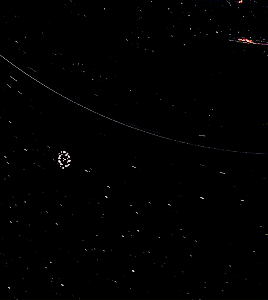
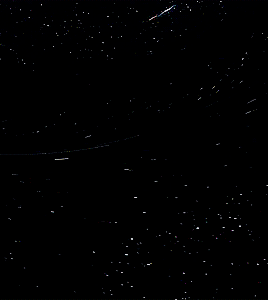
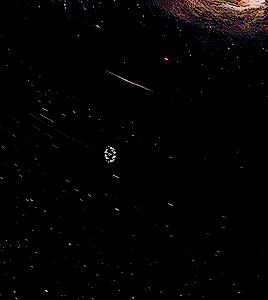
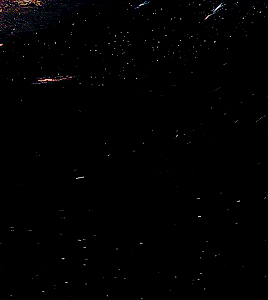
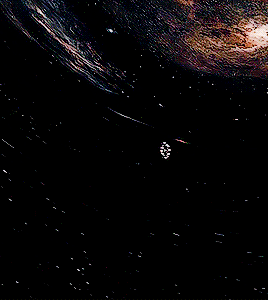
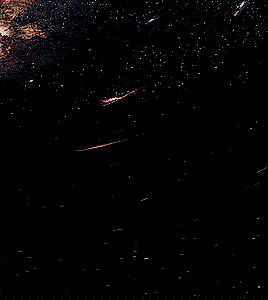
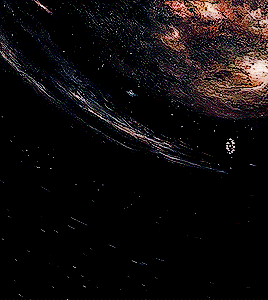
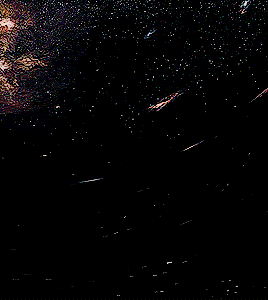
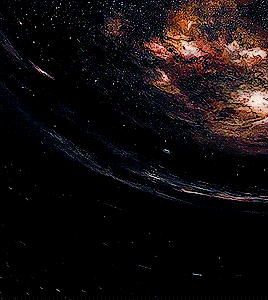
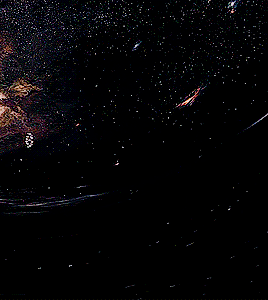
Everybody ready to say goodbye to our solar system? To our galaxy.
We Just Identified More Than 200 New (Potential) Planets
The Kepler space telescope is our first mission capable of identifying Earth-size planets around other stars. On Monday, June 19, 2017, scientists from many countries gathered at our Ames Research Center to talk about the latest results from the spacecraft, which include the identification of more than 200 potential new worlds! Here’s what you need to know:
We found 219 new planet candidates.

All of these worlds were found in a patch of sky near the Cygnus constellation in our Milky Way galaxy. Between 2009 and 2013, Kepler searched more than 200,000 stars in the region for orbiting planets. The 219 new planet candidates are part of the more than 4,000 planet candidates and 2,300 confirmed planets Kepler has identified to date.
Ten of these worlds are like our own.

Out of the 219 new planet candidates, 10 are possibly rocky, terrestrial worlds and orbit their star in the habitable zone – the range of distances from a star where liquid water could pool on the surface of a rocky planet.
Small planets come in two sizes.

Kepler has opened up our eyes to the existence of many small worlds. It turns out a lot of these planets are either approximately 1.5 times the size of Earth or just smaller than Neptune. The cool names given to planets of these sizes? Super Earths and mini-Neptunes.
Some of the new planets could be habitable.

Water is a key ingredient to life as we know it. Many of the new planet candidates are likely to have small rocky cores enveloped by a thick atmosphere of hydrogen and helium, and some are thought to be ocean worlds. That doesn’t necessarily mean the oceans of these planets are full of water, but we can dream, can’t we?
Other Earths are out there.

Kepler’s survey has made it possible for us to measure the number of Earth-size habitable zone planets in our galaxy. Determining how many planets like our own that exist is the big question we’ll explore next.
The hunt for new planets continues.

Kepler continues to search for planets in different regions of space. With the launch of our Transiting Exoplanet Survey Satellite (TESS) and the James Webb Space Telescope (JWST) in 2018, we’re going to search for planets nearest the sun and measure the composition of their atmospheres. In the mid-2020s, we have our sights on taking a picture of small planets like Earth with our Wide-Field Infrared Survey Telescope (WFIRST).
*All images of planets are artist illustrations.
Make sure to follow us on Tumblr for your regular dose of space: http://nasa.tumblr.com
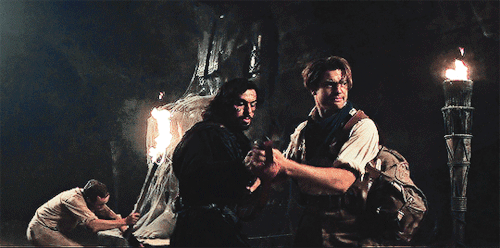
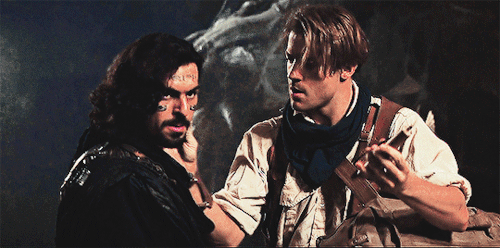
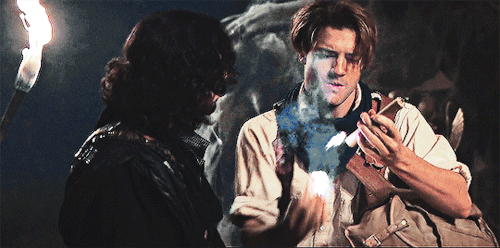
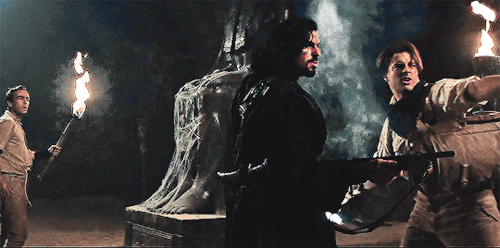
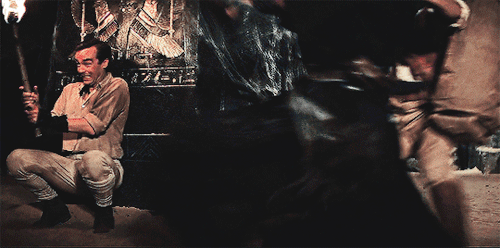

#SQUAD GOALS

Preview of Boruto: Naruto the Next Generations. Hokage Sarada?! Or is this just an older version of Sarada. She has grown into a beautiful, intelligent and powerful woman.Is that her Susanoo in the background? Is it even called Susanoo or is it something else? Is it regenerating into perfect Susanoo? Her Mangekyou Sharingan appears again, rumor has it that her Susanoo’s signature weapon is a spiked whip.
one of my favourite linguistic phenomena/in-jokes is spanish potato chips being “ham-flavored, probably”
so cute


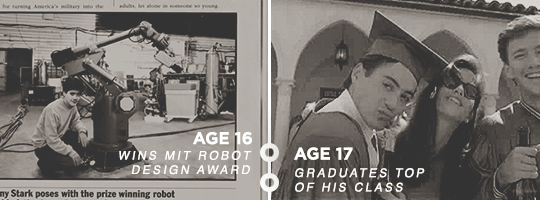














![One Step Closer. [ Inspired By X ]](https://64.media.tumblr.com/51981d28fab5692aa10f044d60b11067/tumblr_oko4a7gF3m1qiqy88o1_r2_500.gif)
![One Step Closer. [ Inspired By X ]](https://64.media.tumblr.com/f86baef76fa6527872dd38794481f4d3/tumblr_oko4a7gF3m1qiqy88o2_r2_500.gif)
![One Step Closer. [ Inspired By X ]](https://64.media.tumblr.com/6de8b61b029a63cd6afacf1f806515c3/tumblr_oko4a7gF3m1qiqy88o3_r3_500.gif)
![One Step Closer. [ Inspired By X ]](https://64.media.tumblr.com/ba2ccde7f533766b86cac4ee5ed998ad/tumblr_oko4a7gF3m1qiqy88o4_r2_500.gif)
![One Step Closer. [ Inspired By X ]](https://64.media.tumblr.com/7cd06e84202be1d51c92ef52643ecdf3/tumblr_oko4a7gF3m1qiqy88o5_r2_500.gif)
![One Step Closer. [ Inspired By X ]](https://64.media.tumblr.com/d5664e868843f69a2354e477d8e4e6b5/tumblr_oko4a7gF3m1qiqy88o6_r2_500.gif)
![One Step Closer. [ Inspired By X ]](https://64.media.tumblr.com/3bfbc5f0c35d2a78fab48a7d32a1505d/tumblr_oko4a7gF3m1qiqy88o7_r2_500.gif)


